Відкрита лекція з дисципліни "Національна економіка"
15 листопада 2018 р., згідно затвердженого на факультеті плану, доцентом кафедри глобальної економіки Н.М. Коробовою було проведено відкриту лекцію з дисципліни «Національна економіка» на тему «Програмування та прогнозування національної економіки». Заняття проводилося для студентів спеціальності «Фінанси і кредит» 3-го курсу навчання.

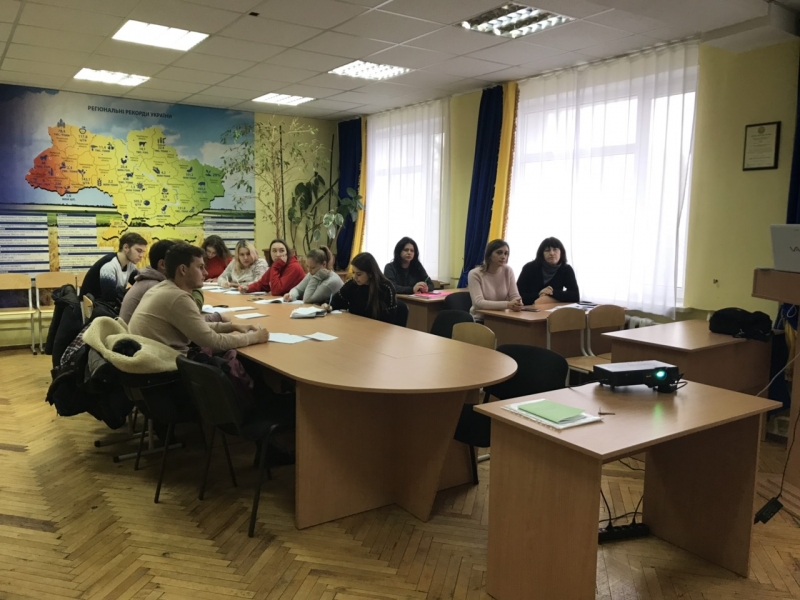
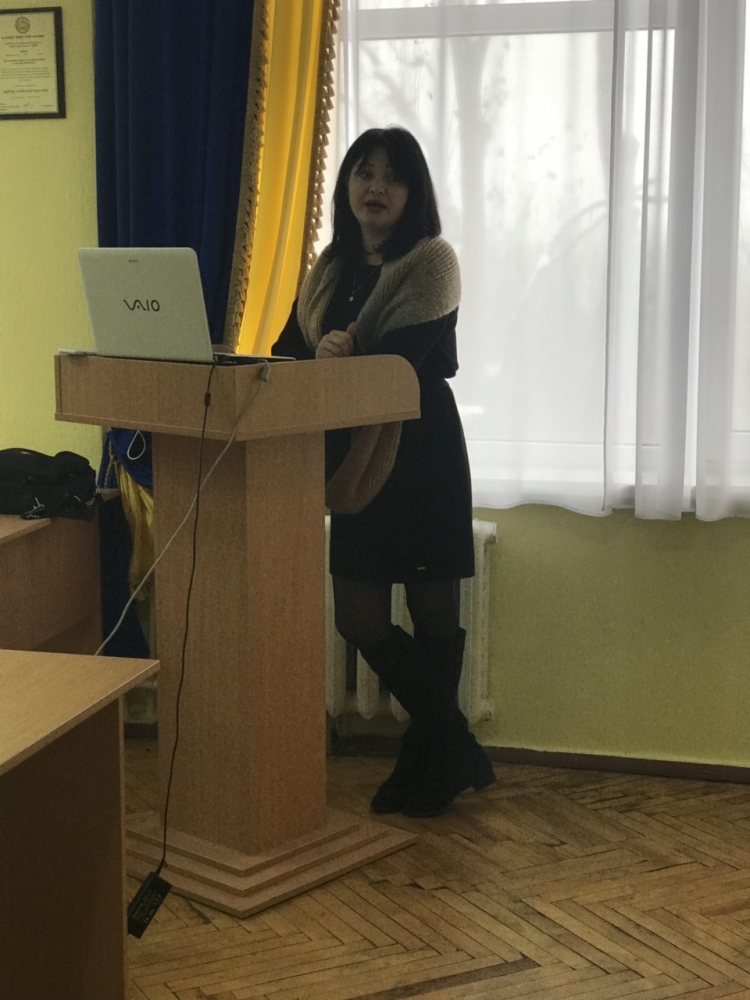
Метою лекції було ознайомити студентів з сутністю прогнозування, планування, програмування національної економіки, видами макроекономічного планування.
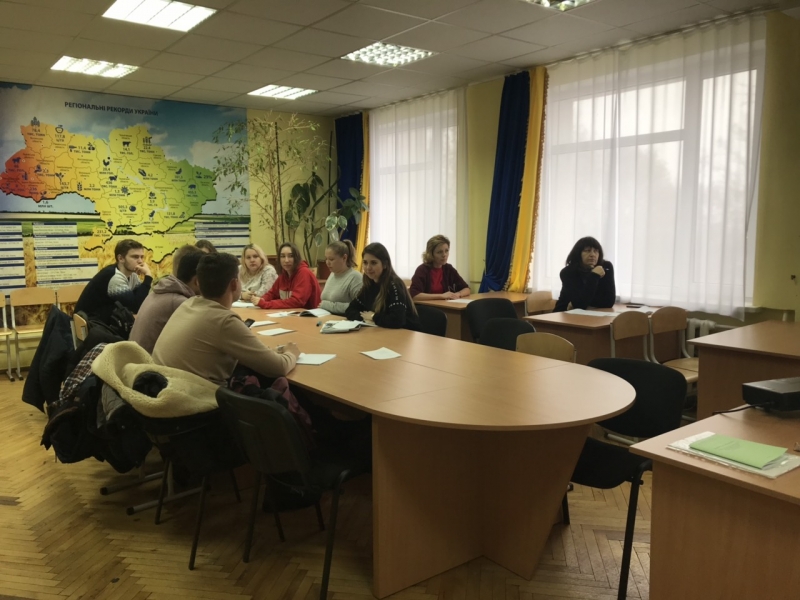
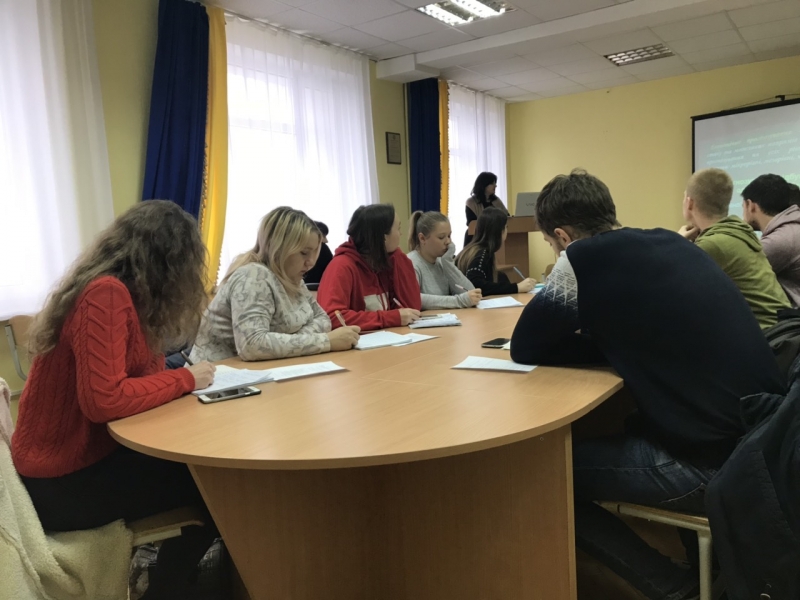
Студенти активно залучалися до діалогу, під час якого вони охоче висловлювали свої думки та задавали актуальні питання.

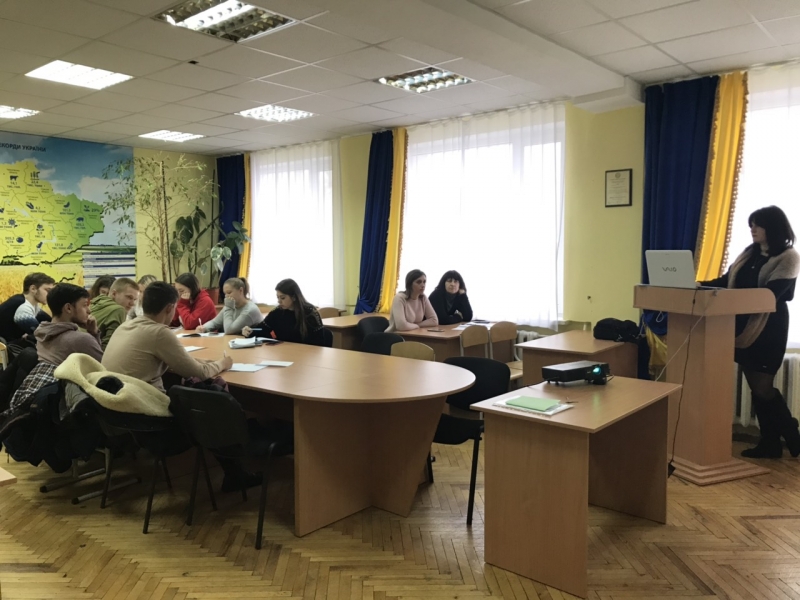
НПП та студенти заповнили анкети, де відзначили високий рівень проведення лекції.
доцент кафедри глобальної економіки, Віолета Гераймович
